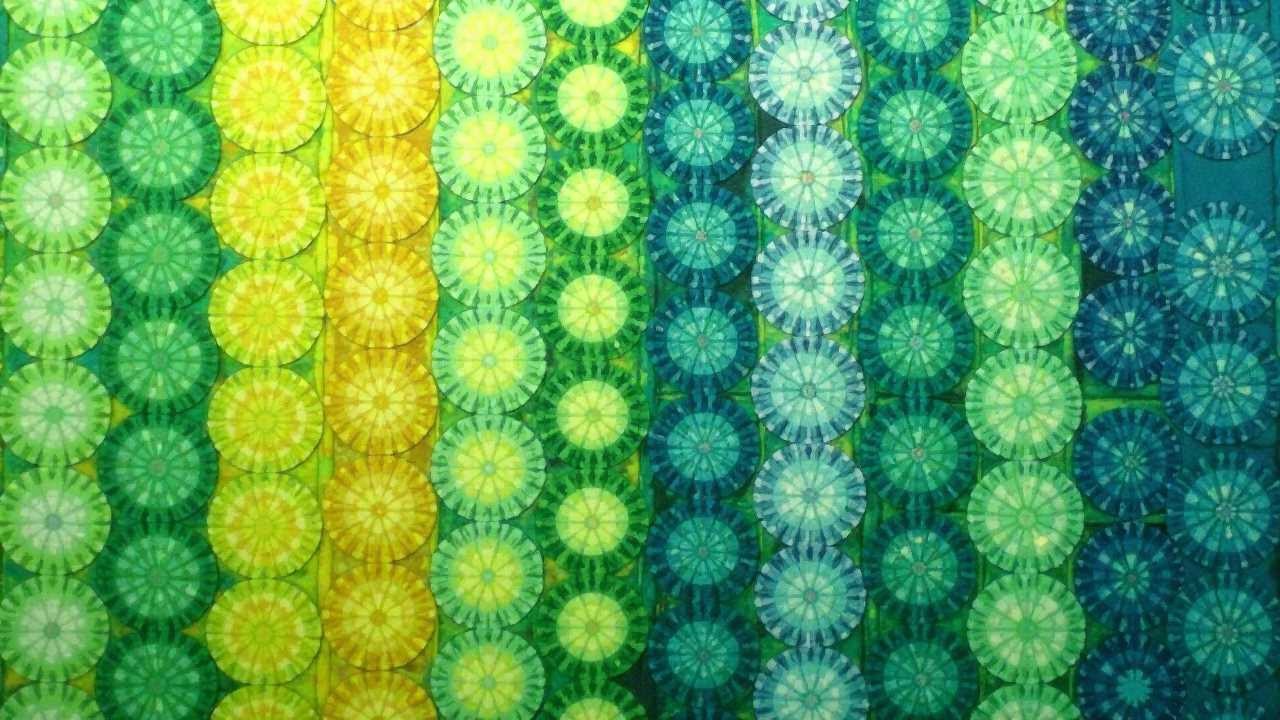
The Importance of Sustainable Textile Dyeing
In the fashion industry, sustainable textile dyeing has emerged as a pivotal practice that aligns with the growing demand for environmentally friendly processes. Traditional dyeing methods often involve harmful chemicals and excessive water usage, leading to significant environmental degradation. By adopting sustainable practices, we not only reduce our ecological footprint but also promote a healthier planet. Sustainable textile dyeing emphasizes the use of natural dyes, eco-friendly chemicals, and water-efficient techniques, ensuring that the beauty of fashion does not come at the expense of our environment.
Understanding Colorfastness in Sustainable Dyeing
Colorfastness refers to the ability of a fabric to retain its color when exposed to various conditions such as washing, light, and sweat. In sustainable textile dyeing, achieving high colorfastness is essential to ensure that garments maintain their aesthetic appeal over time. This is particularly important for consumers who seek longevity in their clothing. Innovative techniques, such as the use of natural mordants and advanced dyeing processes, can enhance colorfastness while remaining environmentally friendly. By focusing on sustainable practices, we can create vibrant, long-lasting colors that do not fade, thus contributing to a more sustainable fashion cycle.
Fabrication Techniques in Sustainable Textile Dyeing
The fabrication of textiles plays a crucial role in the dyeing process. Sustainable textile dyeing often involves the use of organic or recycled materials, which not only reduces waste but also minimizes the reliance on virgin resources. Fabrics such as organic cotton, hemp, and Tencel are increasingly popular choices for sustainable dyeing. These materials are not only biodegradable but also require less water and fewer chemicals during production. By selecting the right fabrics, we can ensure that our dyeing processes are as sustainable as possible, leading to a more responsible fashion industry.
Trendsetting Aesthetics in Sustainable Fashion
Trendsetting aesthetics are at the forefront of modern fashion, and sustainable textile dyeing is no exception. Designers are increasingly experimenting with eco-friendly dyes to create unique, eye-catching patterns and colors that resonate with environmentally conscious consumers. The use of natural dyes derived from plants, fruits, and minerals allows for a diverse palette that can be both vibrant and subtle. This trend not only caters to the aesthetic desires of consumers but also reflects a commitment to sustainability, making it a powerful statement in the fashion world.
Customization: The Future of Sustainable Textile Dyeing
Customization has become a significant trend in the fashion industry, allowing consumers to express their individuality. Sustainable textile dyeing offers exciting opportunities for customization, enabling brands to create unique pieces tailored to individual preferences. Techniques such as tie-dye, shibori, and block printing can be employed to produce one-of-a-kind designs that resonate with consumers. By integrating customization into sustainable practices, we can foster a deeper connection between consumers and their clothing, promoting a more thoughtful approach to fashion consumption.
The Role of Technology in Sustainable Textile Dyeing
Advancements in technology are revolutionizing the field of sustainable textile dyeing. Innovations such as digital printing and automated dyeing machines are making it possible to achieve more precise and efficient dyeing processes. These technologies not only reduce water and chemical usage but also allow for greater creativity and flexibility in design. By embracing technology, we can enhance the sustainability of textile dyeing while meeting the demands of a fast-paced fashion industry.
Consumer Awareness and Education
As consumers become more aware of the environmental impact of their choices, education plays a vital role in promoting sustainable textile dyeing. Brands that prioritize transparency and share information about their dyeing processes can build trust and loyalty among consumers. By highlighting the benefits of sustainable practices, such as reduced environmental impact and improved fabric quality, we can encourage more people to choose sustainable fashion options. This shift in consumer behavior is essential for driving change within the industry and promoting a more sustainable future.
The Future of Sustainable Textile Dyeing
The future of sustainable textile dyeing looks promising as more brands and consumers recognize the importance of environmentally friendly practices. As technology continues to advance and consumer awareness grows, we can expect to see even more innovative solutions that prioritize sustainability. The integration of sustainable practices into the fashion industry not only benefits the environment but also enhances the overall quality and appeal of garments. By embracing sustainable textile dyeing, we can pave the way for a more responsible and aesthetically pleasing fashion landscape.
In summary, sustainable textile dyeing is a vital component of the modern fashion industry, offering numerous benefits in terms of environmental impact, colorfastness, fabrication, aesthetics, and customization. As we move forward, it is essential to continue exploring innovative techniques and technologies that promote sustainability while meeting the evolving demands of consumers. By prioritizing sustainable practices, we can create a fashion industry that is not only beautiful but also responsible and forward-thinking.
 SportsHollywoodLifestyleFashionHome & GardenTrendsPrivacy PolicyTerms And Conditions
SportsHollywoodLifestyleFashionHome & GardenTrendsPrivacy PolicyTerms And Conditions
